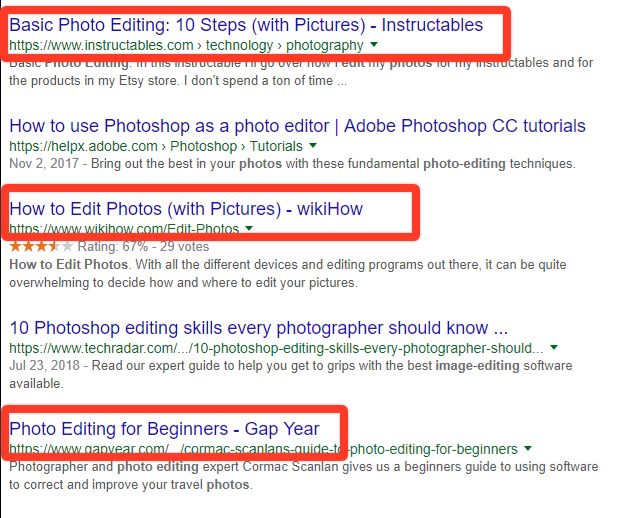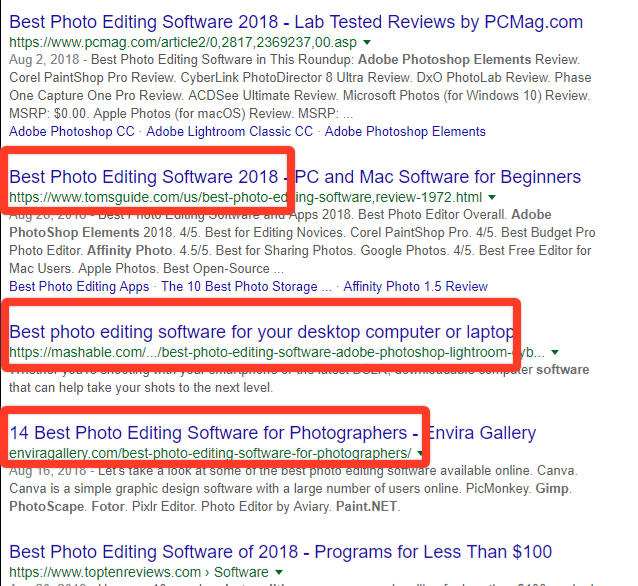
What does email have to do with SEO? At first glance, you don’t see a relationship between these two platforms. But email actually helps boost SEO and website rankings in many different ways.
Organic search and email are the two main channels that drive the most traffic to websites. According to a research by Conductor, 51 percent of people discover websites through email marketing.

Image Credit: Conductor
Related: 27 Ways to Increase Traffic to Your Website
1. Build more social signals.
Even though Google never admitted it publicly, the social activity of a link strongly affects its ranking on Google. According to a study on 23 million shares, the top four ranking positions on Google are the ones with the most Facebook and Google+ activity. Needless to say, social signals are an important part of SEO that most marketers are unaware of.Getting people to share your content through their social media channels is the hard part. If you have an email list, this task will be easier.
Whenever you publish a new blog post, you can send a newsletter asking your loyal subscribers to share the link. Or you can include social sharing buttons in your emails to make sharing more convenient for your followers.
2. Reduce bounce rates.
Website bounce rate is another important statistic that factors into Google ranking. Bounce rate determines whether or not a website offers relevant information to its visitors.Whenever a visitor lands on a page on your website and immediately leaves without taking any action or visiting any additional pages, that session is counted as a bounce.
If your blog posts and landing pages generate a higher bounce rate, Google will rank them lower in search results no matter how you optimize the page for search engines. The best way to avoid this is to produce high-quality and relevant content and by driving more engaging users.
It’s important to have an email list filled with people who have already shown interest in your website so whenever you publish a new blog post, you can send a reminder to your subscribers thus generating high-quality traffic to your website and reducing your bounce rate.
You can check your website’s current bounce rate using Google Analytics.
Related: Digital Marketing Trends Are Evolving: Here Are 4 Ways You Can Stay Relevant
3. Create an online email archive.
Many bloggers and businesses craft unique email newsletters to keep their email subscribers entertained. But these great emails often get forgotten after you hit send. There’s a way you can repurpose these emails to improve SEO.You can create an online archive of your email newsletters and let your website visitors browse your past newsletters. It’s an effective strategy that allows you to make the most of your efforts. HubSpot has a great newsletter archive that brilliantly promotes its services as well as blog post content.
You can also convert your email newsletters into PDF files and host them on your website in an archive. This will increase the chances of getting your newsletters indexed on Google.
4. Ask for product reviews.
If you operate a retail store or a business that targets local audiences, then improving your local search ranking is just as important as website SEO. According to Moz, the quality and the number of reviews a business has affects 13 percent of local search rankings.The easiest way to get more reviews for your business and products is to ask your most loyal audience. Simply include a link to your Google My Business page and politely ask your subscribers to rate and review your business whenever you send an email newsletter.
You can use the same tactic to get reviews and testimonials for your product pages and landing pages on your website as well.
5. Create better content.
Having an email list is more than just about running promotional campaigns and generating sales. It’s also a platform that gives you more in-depth information about your target audience.For example, you can use email list segments to create specific groups of people to understand the location, interests, job titles, education, gender and more information related to your subscribers. You can also conduct surveys and polls using your email list to learn the questions and problems the users are having.
Then you can use this information to create better blog posts and videos that not only attract the ideal customers to your website but also rank well on Google.
Email is a powerful marketing tool that can be used in many different ways to promote and grow a business. Use it to connect with other websites, blogs and influencers to build more awareness and grow your business.
Reference:https://www.entrepreneur.com/article/308579
















